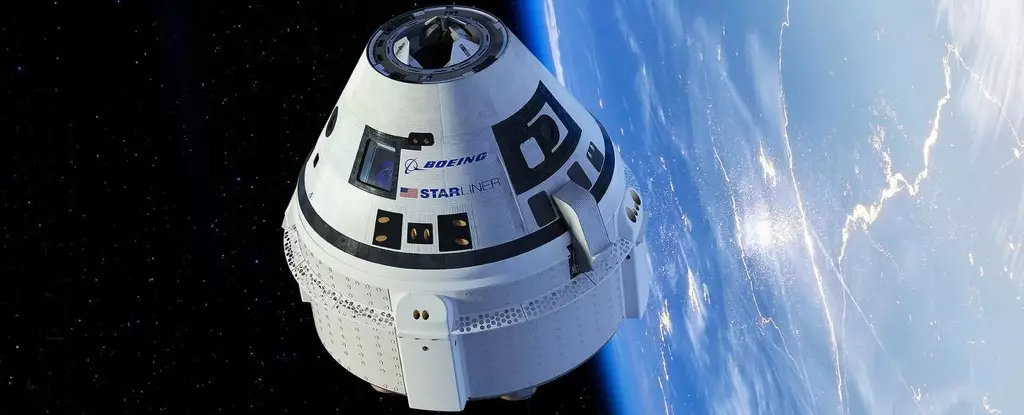

Boeing’s crew transport space capsule, known as the Starliner, recently faced a setback as it returned to Earth without its two-person crew onboard. This remotely piloted return marked the end of a troubled test flight to the International Space Station, leaving astronauts Butch Wilmore and Sunita “Suni” Williams stranded on the station due to thruster failures that made NASA deem the capsule unsafe to pilot back. This turn of events has not only impacted the astronauts’ schedule, who will now stay on the space station until February 2025 before returning on a SpaceX Dragon capsule, but has also raised concerns about the future of the Starliner program.
When NASA awarded contracts to both Boeing and SpaceX in 2014 to provide crew transport vehicles to the International Space Station via the Commercial Crew Program, Boeing was initially seen as the frontrunner due to its extensive aerospace experience. However, SpaceX quickly gained momentum with its Falcon 9 rocket and Dragon cargo ship, making significant progress in a shorter timeframe. SpaceX successfully launched its first test crew to the space station in 2020, while Boeing faced development setbacks. The recent outcome of the Starliner’s test flight has been a disappointment for NASA and Boeing, raising concerns about Boeing’s reputation in comparison to SpaceX’s proven track record with multiple successful flights to the space station.
Despite the setback faced by Boeing, it is crucial for NASA to have multiple American crew launch systems to ensure continued human space operations. While SpaceX has established itself as a reliable option for crew transport to and from the space station, having the Starliner as an alternative provides essential redundancy in case of launch disruptions. NASA’s partnership with Russia also offers additional options for crew transportation, ensuring that the agency can maintain a sufficient crew presence on the space station at all times.
The recent events involving Boeing’s Starliner highlight the complexity and unforgiving nature of human spaceflight. Test flights serve as crucial learning opportunities, allowing program managers to identify and address potential issues before crewed missions. However, challenges are inevitable in the space environment, where even minor problems can have catastrophic consequences. Both SpaceX and Boeing have adopted innovative technologies in their spacecraft, deviating from traditional capsule designs to enhance safety and efficiency in space travel. NASA’s commitment to advancing its mission through strategic partnerships with commercial entities demonstrates a shift towards collaborative and forward-thinking approaches in human space exploration.
While setbacks and failures are inherent in the pursuit of space exploration, the recent developments in human spaceflight, including the SpaceX Crew Dragon, Boeing Starliner, and NASA’s Orion spacecraft, herald a new era of excitement and progress in space exploration. Despite the challenges faced by Boeing’s Starliner program, the broader landscape of human spaceflight is filled with potential for groundbreaking discoveries and achievements. As NASA continues to push the boundaries of space exploration, the lessons learned from recent events will serve as valuable insights for future missions, paving the way for sustained progress in human spaceflight endeavors.
In the realm of software development, the ability to swiftly and accurately address bugs is…
The realm of quantum computing and communication is not just an abstract dream anymore; it…
In a remarkable leap for the field of material science, a collaborative research initiative has…
Throughout Earth's vast history, our planet has endured five major mass extinction events that reshaped…
Rainfall is a vital element of our planet’s hydrological cycle, yet many aspects of its…
On a night when the universe aligns, a mesmerizing phenomenon awaits: the appearance of the…
This website uses cookies.